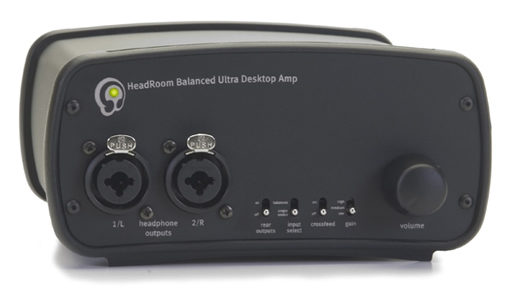- Connecting audio
- Audio PC
- Raspberry & Co
- All in Ones
- Bluetooth
- Chromecast
- Streaming audio player
- Music server
- USB Audio
- Real-time audio over IP
- FireWire DAC
- Multi-channel DAC
- NAS
- Remote control
- Vinyl rippers
- Acoustic materials
- Active crossover
- Active speakers
- Single driver speakers
- Invisible speakers
- Sound card
- Digital room correction
- Headphone
- Portable media players
Connecting
Wired
Jack
Normally a headphone is connected with a jack.
As a jack is TRS (tip, ring, sleeve); you have three wires, the signal for the left and right channel and a common ground for both drivers.
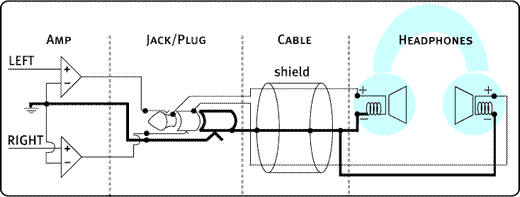
The ¼ inch (6.35mm) TRS jack is the standard.
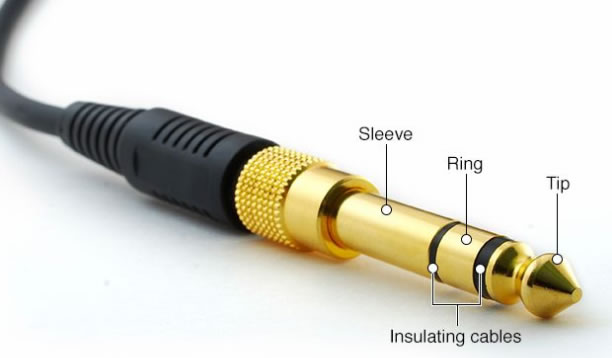
As this jack is about as thick as a mobile, for portable gear a 3.5 mm or 2.5 mm connector is used.
Balanced
You can also connect a headphone using a balanced cable.
The use of the term "balanced" is a permanent source of confusion.
A balanced connection as common in the pro-world is a 3 wire connection using a 3 pin XLR or a TRS jack.
It is used to connect DAC's, amps, active speakers, etc. at line level.
The 3 wires carry a hot, a cold (the inverse of the hot) and a ground.
At the receiver there is a differential amp comparing the hot and the cold and removing all common noise.
A "balanced" connection in the headphone world means something completely different.
It is a 4 wire connection, L+/L- and R+/R- between the amp and the headphone.
Nothing "balanced" about this symmetrical connection but as L and R no longer have a common ground, it allow for amplifier topologies with a floating ground like indeed a balanced amp. That is why this double single ended connection is called "balanced" in the headphone world.
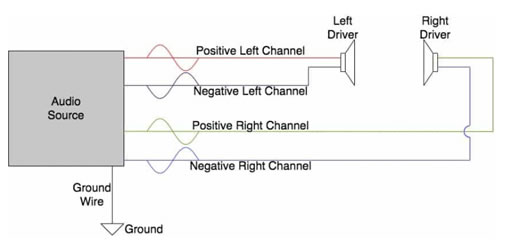
In this example you have an amp driving the + and an amp using the inverse to drive the - channel. You can't do this using a common ground.
Benefits
The question is do you really benefit from going “balanced”.
Obvious you won’t get more silence (rejection of common noise) as the connection is not balanced.
In fact you might get a bit more distortion as instead of driving each channel with 1 amp, you drive each channel with 2 amps. This will increase distortion.
However as you do use 2 amps for a single driver, it will certainly provide much more power.
Some even advocate the opposite, a "balanced" headphone amp is inferior to a single ended one.
Benchmark does not offer voltage-balanced headphone outputs on any of its products. The reason for this is that a voltage-balanced interface serves no useful purpose when driving headphones. The truth is that a conventional single-ended headphone drive is technically superior to a balanced drive.
Now that you understand that there is nothing “balanced” about connecting a headphone with 2x2 separate wires, you will find voices on the internet saying as there is no earth or any other way current could leak, what goes in a driver, will go out so it is perfectly balanced!
To change from TRS to TRRS a common solution is a 4 pin XLR.
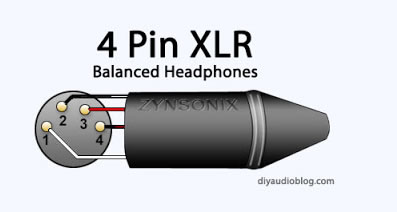
A mini TRRS jack is another option
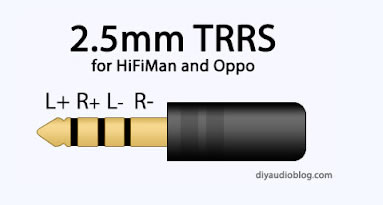
Observe there is no wiring standard using this jack "balanced"
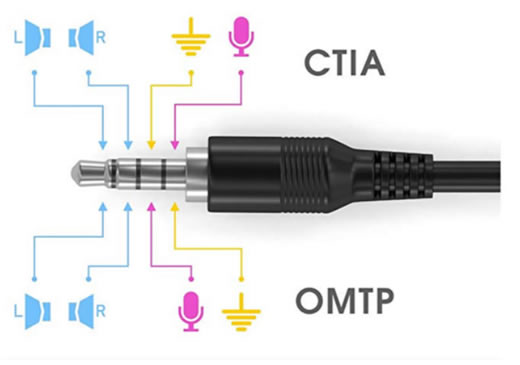
If a headphone comes with a 2.5 TRRS, most of the time this means it has a microphone and is wired according to the OMTP or the CTIA standard.
Don't use them on a headphone amp with 2.5 "balanced" out!
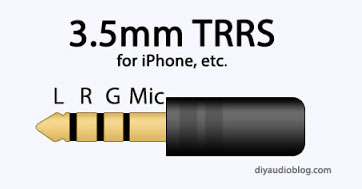
If you have a headset with a 3.5 TRRS, it won't work with most gear having a 3.5 mm headphones out as they are TRS. In that case you need a TRRS headset to TRS headphones adapter.
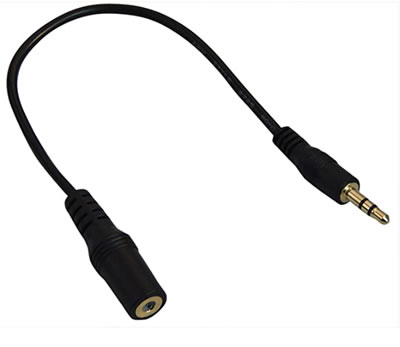
Nothing to be seen from the outside but the female part accepts TRRS. The mic part is not connected to the male TRS.
The 4.5 TRRRS Pentaconn makes some traction.
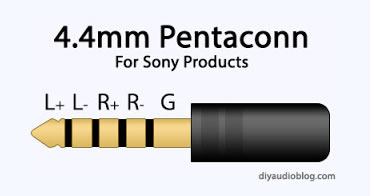
Normally you can't connect a TRS headphone to a balanced out of a headphone amp.
The Pentacon is an exeption to this rule as it's sleeve is the ground. This allows for a adapter using L+/R+ and ground, indeed a TRS.
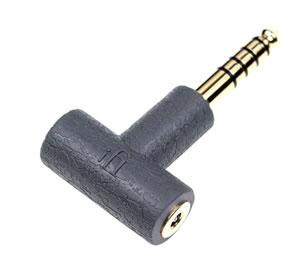
iFi Audio Headphone Adapter 3.5mm to 4.4mm
More about pin layout and connectors on Diyaudioblog.com
TRS cup side
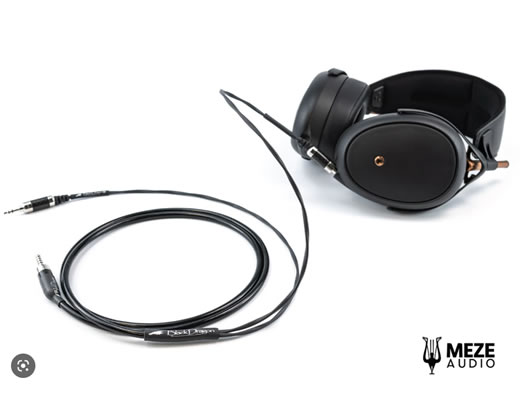
Looks a bit weird, a TRS into a cup. However, if both plugs are fully wired e.g. tip is L and ring is R and the L cup connect only to the tip and the R cup to the ring, you allways have the right channel.
Solderdude has more.
Tyll Hertsens was probably the first to produce a balanced headphone amplifier at the time he ran HeadRoom.
USB-C
More and more manufacturers of mobiles starts dropping het 3.5 headphone jack.
Another trend is replacing the micro USB connector with a USB-C connector.
You can connect a dongle (DAC with headphone out) to the USB-C.
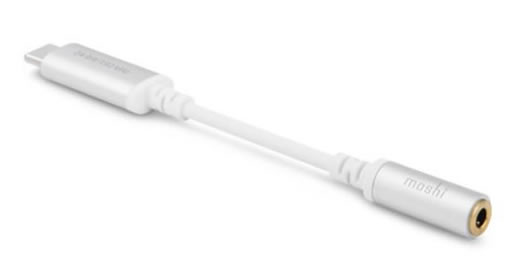
Moshi 24 bit / 192 kHz USB DAC - € 25.00
This is what one expects, a digital bus hence a DAC to convert the digital to analog.
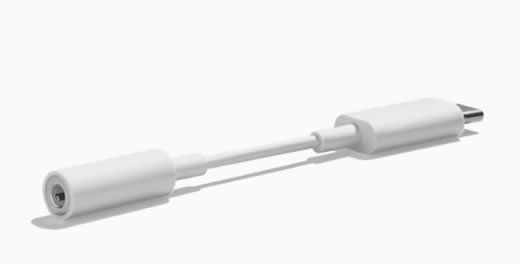
Google USB-C Digital to 3.5 mm headphone adapter - $12
A DAC at $12
I’m afraid its performance lives up to its price tag.
An inside view.
Analog USB-C
The 24 pins USB-C allows for analog audio!
The device must set the bus in Alternate mode to obtain this.
Obvious, USB-C is the most analog sounding digital bus!
Wireless
A wireless headphone allows you to move freely.
A wireless headphone is an all in one solution.
Sound quality depends not on the drivers only but on the inbuilt DAC and amp as well.
Any wired headphone can be turned into a wireless one using a portable receiver.
Infrared
Infrared (IR) is light hence it almost free of interference (WIFi etc)
The downside is that sender and receiver must literally see each other.
Infrared is in general limited to 10 m.
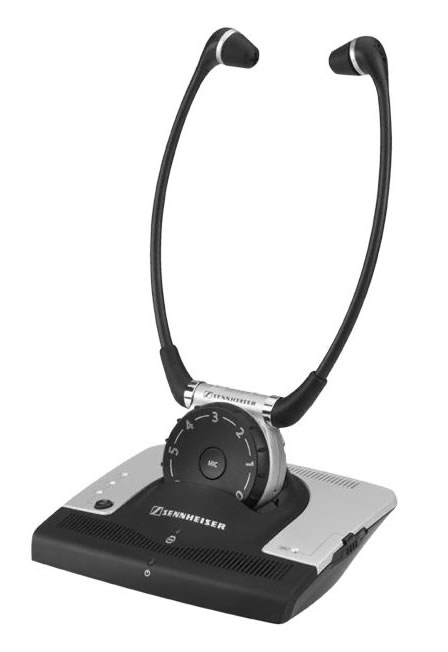
Sennheiser Set 900 infrared headphone
Radio Frequency
Wireless headphones often use a RF (Radio Frequency) transmitter.
The advantage is its long range (up to 100 m) and sender and receiver don’t have to be in the same room like in case of IR.
RF transmitters often use the 2.4 MHz band.
This might cause interference with WiFi.
Sennheiser Flex 5000 $199
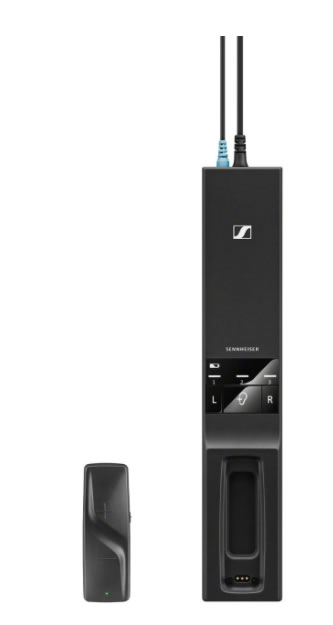
Base/docking station with optical and analog input.
Receiver with headphone out turns any wired headphone in a "wireless" one.
Bluetooth
Bluetooth is the most popular protocol to connect a headphone wireless.
A big advantage is low power consumption.
This is crucial as beside the Bluetooth receiver the battery also powers the built-in DAC and amp. The sender is often a mobile phone. Being frugal on power improves battery life.
Bluetooth audio is not lossless.
Detailed information about Bluetooth and its audio codecs can be found here.
Portable Bluetooth receivers brings the convenience of wireless to any wired headphone.
This is covered in more detail here.
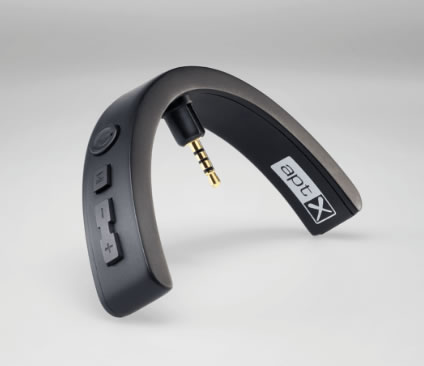
At first glance I was a bit puzzled, how to wear this?
Hopefully not on top of your head!
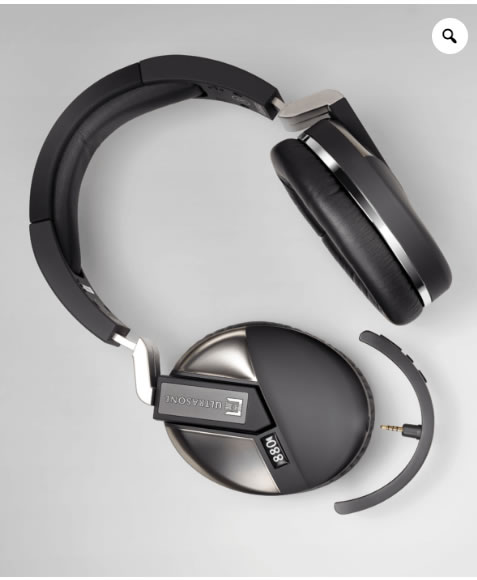
It is a Bluetooth reciever specially made for the Ultrasone Perfomance serie.
Although wireless, wireless headphones use wires to connect the left and right driver.
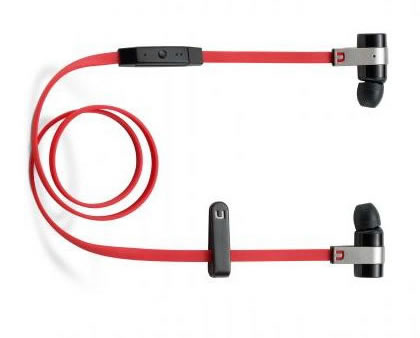
Novero Rockaway bluetooth headphone
In case of in-ears you have a neckband.
True wireless headphones
Today you can get True wireless headphones, They have a wireless connection between left and right earbud.
Check user experience before you buy because some models do have problems maintaining the connection between the 2 earbuds.
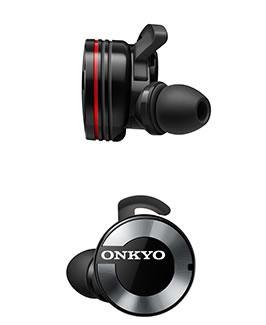
Onkyo W800 BT
$299.99
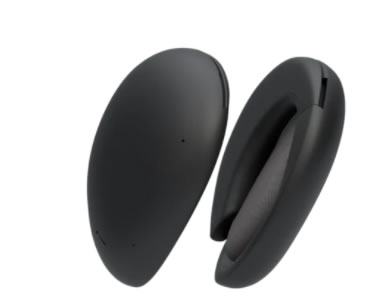
Human over the ear true wireless headphones
WiFi
WiFi is a very popular protocol and is not handicapped by limited bandwidth and range like Bluetooth.
It seems to be the ideal protocol for connecting headphones wirelessly.
Unfortunately, power consumption is high compared to Bluetooth, resulting in limited battery life.
The Koss Striva is the only WiFi enabled headphone known to me.
It is no longer in production.
Pro
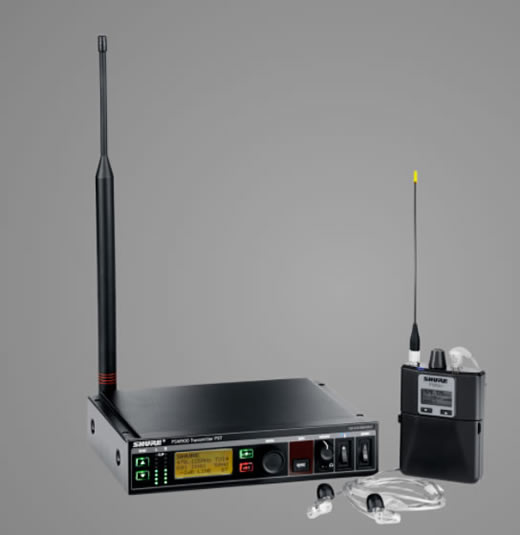
Shure PSM 900 in-ear monitorsysteem,
- Balanced Drive vs. Unbalanced Drive - Headroom
- AUDIO MYTH - BALANCED HEADPHONE AMPLIFIERS ARE BETTER - Benchmark Media 2016
- Balanced audio - Wikipedia
- Headphone Connectors & Pins - DIY audio blog
- How Do Headphone Jacks And Plugs Work? - mynewmicrophone.com
- Headphone Connectors & Pins / Pinouts for DIY - Zynsonix Audio 2016


